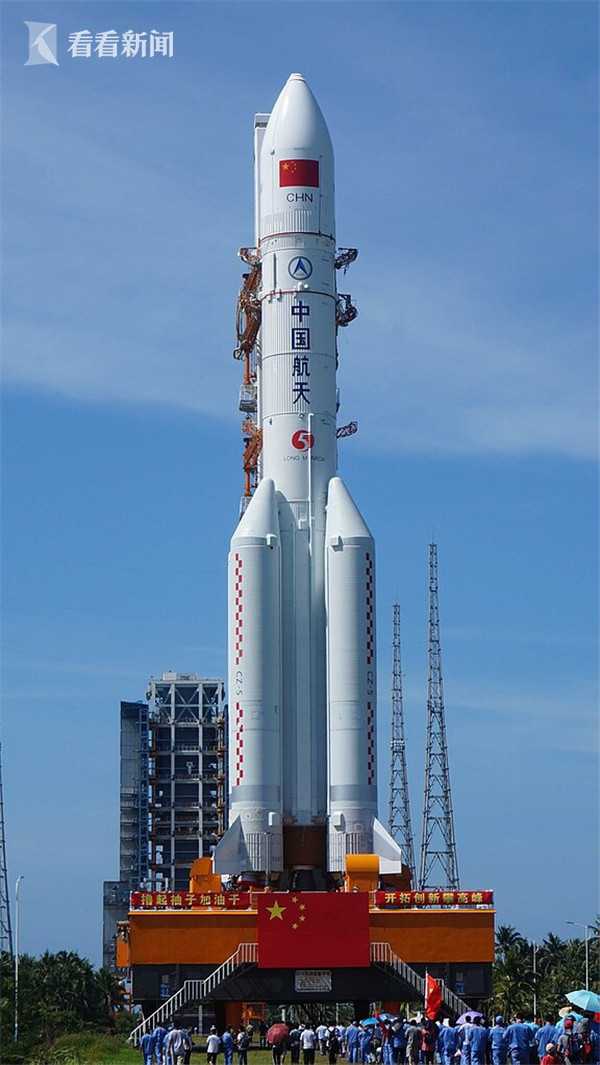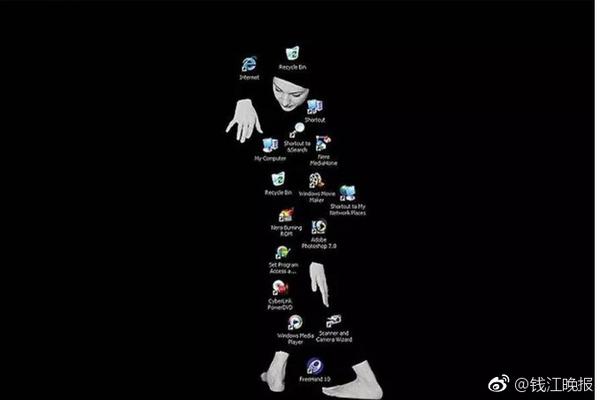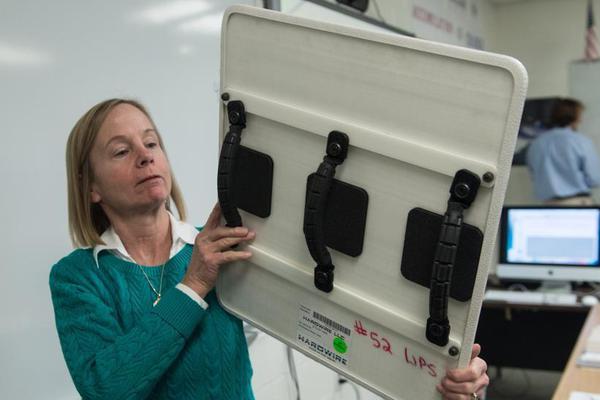
Embedded software engineers are engineers who write embedded systems.Embedded engineers generally do products in embedded development, not systems. The development cycle is generally relatively short. In addition, product development is planned, and there are fewer overtime.
Embedded hardware engineers are mainly responsible for the hardware design, development and maintenance of embedded systems. They need to master hardware knowledge such as digital circuits and analog circuits, and be familiar with the application and design of hardware components such as embedded processors, chips and sensors.
The usual job of embedded software engineers is to be responsible for the planning, design, coding, testing and other work of embedded software systems. Embedded is divided into two aspects: operating system and hardware. The employment direction is wider and deeper, and the employment opportunities and on-boarding benefits are better than those of ordinary software engineers.
If you are an embedded hardware engineer, you need to design a schematic diagram, which may require PCB Layout.Debug the hardware and cooperate with the software engineer to complete the debugging of the system. Of course, a more formal company will require a certain document writing ability to prepare relevant research and development documents for the development process.
Embedded systems are a combination of software and hardware. There are two types of people engaged in embedded development.

1. The usual job of embedded software engineers is to be responsible for the planning, design, coding, testing and other work of embedded software systems. Embedded is divided into two aspects: operating system and hardware. The employment direction is wider and deeper, and the employment opportunities and on-boarding benefits are better than those of ordinary software engineers.
2. Embedded software engineers are engineers who write embedded systems. Embedded engineers generally do products in embedded development, not systems. The development cycle is generally relatively short. In addition, product development is planned, and there are fewer overtime.
3. Application development. Application development is one of the most common directions for software engineers. Application development involves design and development.And test various types of applications, including desktop applications, web applications, mobile applications, etc.
4. As the name implies, embedded development engineers must be engaged in embedded equipment development. Embedded is divided into two aspects: operating system and hardware. The employment direction is wider and deeper, and the employment opportunities and on-boarding benefits are better than those of ordinary software engineers.
Information management, process control, auxiliary technology, translation, multimedia application, computer network and other fields. Information management is a computer technology based on database management system, which helps managers improve their decision-making level and business strategies. Information processing includes data collection, storage, processing, classification, sorting, retrieval and publication.
After graduating from the embedded major, you can engage in computer application design and development in household electronics, automotive electronics, medical electronics, telecommunications and other industries, serve as the design and development engineer of embedded products and application systems, and engage in the design and development of embedded technology application projects, product maintenance and technical services, etc. Work.
Application development. Application development is one of the most common directions for software engineers. Application development involves designing, developing and testing various types of applications, including desktop applications, web applications, mobile applications, etc.
Embedded engineers generally do products in embedded development, not systems. The development cycle is generally relatively short. In addition, product development is planned, and overtime is less common.Coupled with the continuity of the product, embedded engineers need to work on a project for a long time, and the more experienced they are, the more delicious they are.
The usual job of embedded software engineers is to be responsible for the planning, design, coding, testing and other work of embedded software systems. Embedded engineers generally do products in embedded development, not systems. The development cycle is generally relatively short. In addition, product development is planned, and there are fewer overtime.
Embedded software engineers are mainly engaged in embedded software development. It involves the application layer and the underlying software development and design work. Embedded needs to master a wide range of knowledge, such as single-chip microcomputer, C language, computingMachine composition principle, operating system, data structure, network technology, digital circuit, analog circuit and other related knowledge.
Embedded software engineers need to learn content including C language, assembly, data structure, linux advanced programming, ARM system, embedded kernel, embedded driver.
Embedded engineers need to learn programming ability, processor architecture, operating system, etc.
Embedded software engineer is a person who specializes in the design, development and testing of embedded systems. They need to master certain skills and knowledge to meet the requirements of different projects. First of all, embedded software engineers need to be proficient in C and C++ programming languages, which are the most commonly used programming languages in embedded system development.
Embedded bottom layerGenerally, it will involve how to port the program you write to the development board to run, then you will be exposed to system porting, kernel driver development, etc., which is the highest level for embedded engineers.
What embedded software engineers need to learn is as follows: have the basics of C language or C++ language, assembly language, operating system, etc.; be familiar with hardware knowledge such as analog electronic technology and digital electronic technology; understand processor architecture. Embedded software engineers are mainly engaged in embedded software development.
okx.com login-APP, download it now, new users will receive a novice gift pack.
Embedded software engineers are engineers who write embedded systems.Embedded engineers generally do products in embedded development, not systems. The development cycle is generally relatively short. In addition, product development is planned, and there are fewer overtime.
Embedded hardware engineers are mainly responsible for the hardware design, development and maintenance of embedded systems. They need to master hardware knowledge such as digital circuits and analog circuits, and be familiar with the application and design of hardware components such as embedded processors, chips and sensors.
The usual job of embedded software engineers is to be responsible for the planning, design, coding, testing and other work of embedded software systems. Embedded is divided into two aspects: operating system and hardware. The employment direction is wider and deeper, and the employment opportunities and on-boarding benefits are better than those of ordinary software engineers.
If you are an embedded hardware engineer, you need to design a schematic diagram, which may require PCB Layout.Debug the hardware and cooperate with the software engineer to complete the debugging of the system. Of course, a more formal company will require a certain document writing ability to prepare relevant research and development documents for the development process.
Embedded systems are a combination of software and hardware. There are two types of people engaged in embedded development.

1. The usual job of embedded software engineers is to be responsible for the planning, design, coding, testing and other work of embedded software systems. Embedded is divided into two aspects: operating system and hardware. The employment direction is wider and deeper, and the employment opportunities and on-boarding benefits are better than those of ordinary software engineers.
2. Embedded software engineers are engineers who write embedded systems. Embedded engineers generally do products in embedded development, not systems. The development cycle is generally relatively short. In addition, product development is planned, and there are fewer overtime.
3. Application development. Application development is one of the most common directions for software engineers. Application development involves design and development.And test various types of applications, including desktop applications, web applications, mobile applications, etc.
4. As the name implies, embedded development engineers must be engaged in embedded equipment development. Embedded is divided into two aspects: operating system and hardware. The employment direction is wider and deeper, and the employment opportunities and on-boarding benefits are better than those of ordinary software engineers.
Information management, process control, auxiliary technology, translation, multimedia application, computer network and other fields. Information management is a computer technology based on database management system, which helps managers improve their decision-making level and business strategies. Information processing includes data collection, storage, processing, classification, sorting, retrieval and publication.
After graduating from the embedded major, you can engage in computer application design and development in household electronics, automotive electronics, medical electronics, telecommunications and other industries, serve as the design and development engineer of embedded products and application systems, and engage in the design and development of embedded technology application projects, product maintenance and technical services, etc. Work.
Application development. Application development is one of the most common directions for software engineers. Application development involves designing, developing and testing various types of applications, including desktop applications, web applications, mobile applications, etc.
Embedded engineers generally do products in embedded development, not systems. The development cycle is generally relatively short. In addition, product development is planned, and overtime is less common.Coupled with the continuity of the product, embedded engineers need to work on a project for a long time, and the more experienced they are, the more delicious they are.
The usual job of embedded software engineers is to be responsible for the planning, design, coding, testing and other work of embedded software systems. Embedded engineers generally do products in embedded development, not systems. The development cycle is generally relatively short. In addition, product development is planned, and there are fewer overtime.
Embedded software engineers are mainly engaged in embedded software development. It involves the application layer and the underlying software development and design work. Embedded needs to master a wide range of knowledge, such as single-chip microcomputer, C language, computingMachine composition principle, operating system, data structure, network technology, digital circuit, analog circuit and other related knowledge.
Embedded software engineers need to learn content including C language, assembly, data structure, linux advanced programming, ARM system, embedded kernel, embedded driver.
Embedded engineers need to learn programming ability, processor architecture, operating system, etc.
Embedded software engineer is a person who specializes in the design, development and testing of embedded systems. They need to master certain skills and knowledge to meet the requirements of different projects. First of all, embedded software engineers need to be proficient in C and C++ programming languages, which are the most commonly used programming languages in embedded system development.
Embedded bottom layerGenerally, it will involve how to port the program you write to the development board to run, then you will be exposed to system porting, kernel driver development, etc., which is the highest level for embedded engineers.
What embedded software engineers need to learn is as follows: have the basics of C language or C++ language, assembly language, operating system, etc.; be familiar with hardware knowledge such as analog electronic technology and digital electronic technology; understand processor architecture. Embedded software engineers are mainly engaged in embedded software development.
 Binance login
Binance login
596.23MB
Check OKX Wallet app
OKX Wallet app
528.56MB
Check okx.com login
okx.com login
773.16MB
Check Binance app download Play Store
Binance app download Play Store
668.23MB
Check Binance login
Binance login
319.68MB
Check OKX review
OKX review
823.11MB
Check Binance wallet
Binance wallet
437.74MB
Check Binance app
Binance app
618.54MB
Check okx.com login
okx.com login
259.54MB
Check Binance wikipedia
Binance wikipedia
134.16MB
Check Binance download iOS
Binance download iOS
493.28MB
Check Binance US
Binance US
617.44MB
Check Binance download
Binance download
461.75MB
Check OKX Wallet extension
OKX Wallet extension
652.49MB
Check Binance US
Binance US
998.97MB
Check OKX Wallet extension
OKX Wallet extension
358.61MB
Check Binance login
Binance login
648.33MB
Check Binance market
Binance market
842.41MB
Check OKX Wallet apk download
OKX Wallet apk download
925.49MB
Check OKX Wallet app download for Android
OKX Wallet app download for Android
985.85MB
Check OKX Wallet app
OKX Wallet app
846.64MB
Check Binance US
Binance US
536.38MB
Check Binance APK
Binance APK
512.83MB
Check OKX Wallet app download for Android
OKX Wallet app download for Android
948.39MB
Check Binance APK
Binance APK
592.14MB
Check OKX app
OKX app
383.57MB
Check OKX Wallet Sign up
OKX Wallet Sign up
531.13MB
Check Binance app download Play Store
Binance app download Play Store
282.22MB
Check Okx app download
Okx app download
649.11MB
Check Binance app
Binance app
158.98MB
Check Binance wikipedia
Binance wikipedia
714.54MB
Check Binance APK
Binance APK
379.61MB
Check OKX Wallet apk download
OKX Wallet apk download
472.74MB
Check Binance Download for PC
Binance Download for PC
336.86MB
Check OKX Wallet apk download
OKX Wallet apk download
878.82MB
Check Binance US
Binance US
316.56MB
Check
Scan to install
okx.com login to discover more
Netizen comments More
737 蜀锦吴绫网
2025-01-10 13:52 recommend
1147 心如悬旌网
2025-01-10 13:06 recommend
2798 心如铁石网
2025-01-10 12:26 recommend
2165 自食其言网
2025-01-10 12:24 recommend
978 巴前算后网
2025-01-10 11:22 recommend